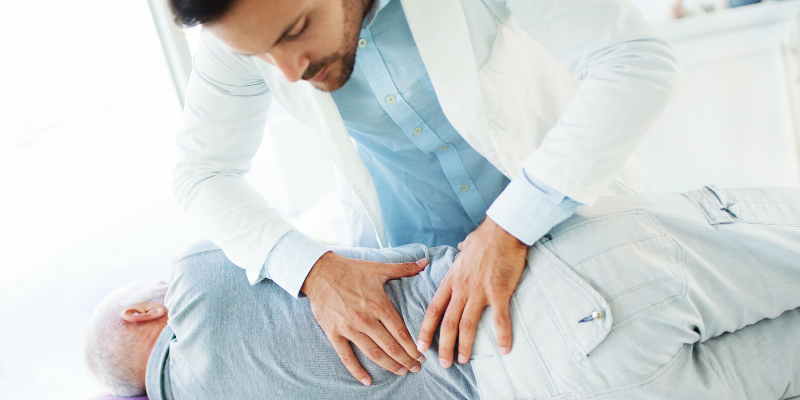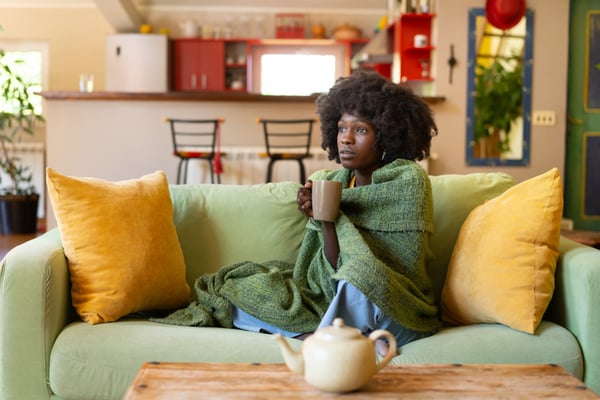
Physiotherapy can help
What treatments work best for back pain caused by a herniated disc? Discover how physiotherapy can help.
Is a herniated disc always painful?
It’s important to know that a herniated disc can be painless. Studies indicate that it’s relatively common to find herniated discs during medical imaging tests such as a CT scan or an MRI (magnetic resonance imaging) in otherwise healthy people with no back pain at all. What’s more, two people diagnosed with a herniated disc can present with very different signs and symptoms. That’s why your therapist will need to do a thorough evaluation in addition to any diagnostic imaging to determine the proper course of treatment for your condition.
My back just “seized up”. What should I do?
In the first 24 to 48 hours following the onset of back pain, try applying heat or cold, for about 20 minutes every 1 to 2 hours, if it alleviates the pain. Stay active, but exercise within your tolerance level. Avoid doing activities that cause pain or discomfort. And stay away from complete bed rest, as it will only hinder recovery.
There are several modalities that might be used in physiotherapy. Here are some that have yielded good results in scientific studies as well as in clinical settings.
Manual therapy is one approach that can be used to determine the influence of the neural and musculoskeletal systems on the mobility of the lumbar region. While they may not be causing you pain, adjacent regions such as the chest, pelvis, and hips can be the source of the problem and may also need to be evaluated. The troublesome areas can then be treated with mobilization and manipulation techniques.
Exercises to improve core coordination, strength, and endurance have proven effective in treating lower back pain, especially during the subacute and chronic phases of an injury, that is, around one month after the onset of the pain. It’s important to start these exercises as soon as possible to prevent reinjury.
There are also direction-specific exercises that give good results, especially in the acute phase. In this approach, commonly called the McKenzie method, the aim is to identify the movement or combination of movements that will relieve the client’s symptoms when done repeatedly.
In some cases, nerve mobility in the legs can be limited, especially with persistent injuries. For example, when the sciatic nerve, which runs along the back of the thigh and down the leg, is pinched or compressed, it can cause pain in the lower back. Exercises to restore nerve mobility in problematic positions may be necessary.
Lumbar traction may alleviate pain in some people. It can be applied mechanically, manually, or through exercises that you can do at home.
Scientific studies demonstrate that patient teaching is in itself a very effective way to treat lower back pain. Informing patients about their condition, good postural hygiene, and proper work ergonomics are key to treating herniated discs.
And finally, cold, heat, and electrotherapy (TENS, ultrasound, interferential current therapy, etc.) may be used as complements to the above treatments but should not be used alone to treat lower back pain.
An ounce of prevention is worth a pound of cure!
To prevent the onset or recurrence of a herniated disc, here is a helpful tip: Take frequent breaks. They don’t have to be long—just getting up to stretch your legs every half hour can be enough. The important thing is to do it regularly.
Treating a herniated disc begins with the right clinical diagnosis. Feel free to ask for a consultation. Your physiotherapist will help you get back on your feet quickly!
Need to talk to a professional?
Other articles that might interest you...

Seasonal Affective Disorder : Understanding and Overcoming the Winter Blues
With the return of fall and the decrease in daylight hours, Amelia, like many others, feels the...

Road Trip: Tips for a Pain-Free Car Journey
Ready to hit the road? Traveling by car or RV is a fantastic way to explore Quebec! Picture this:...

Hydration in Winter: Why and How to Stay Hydrated Despite the Cold
This article was written in collaboration with The 6AM Club. The feeling of thirst is less intense...
 Home
Home